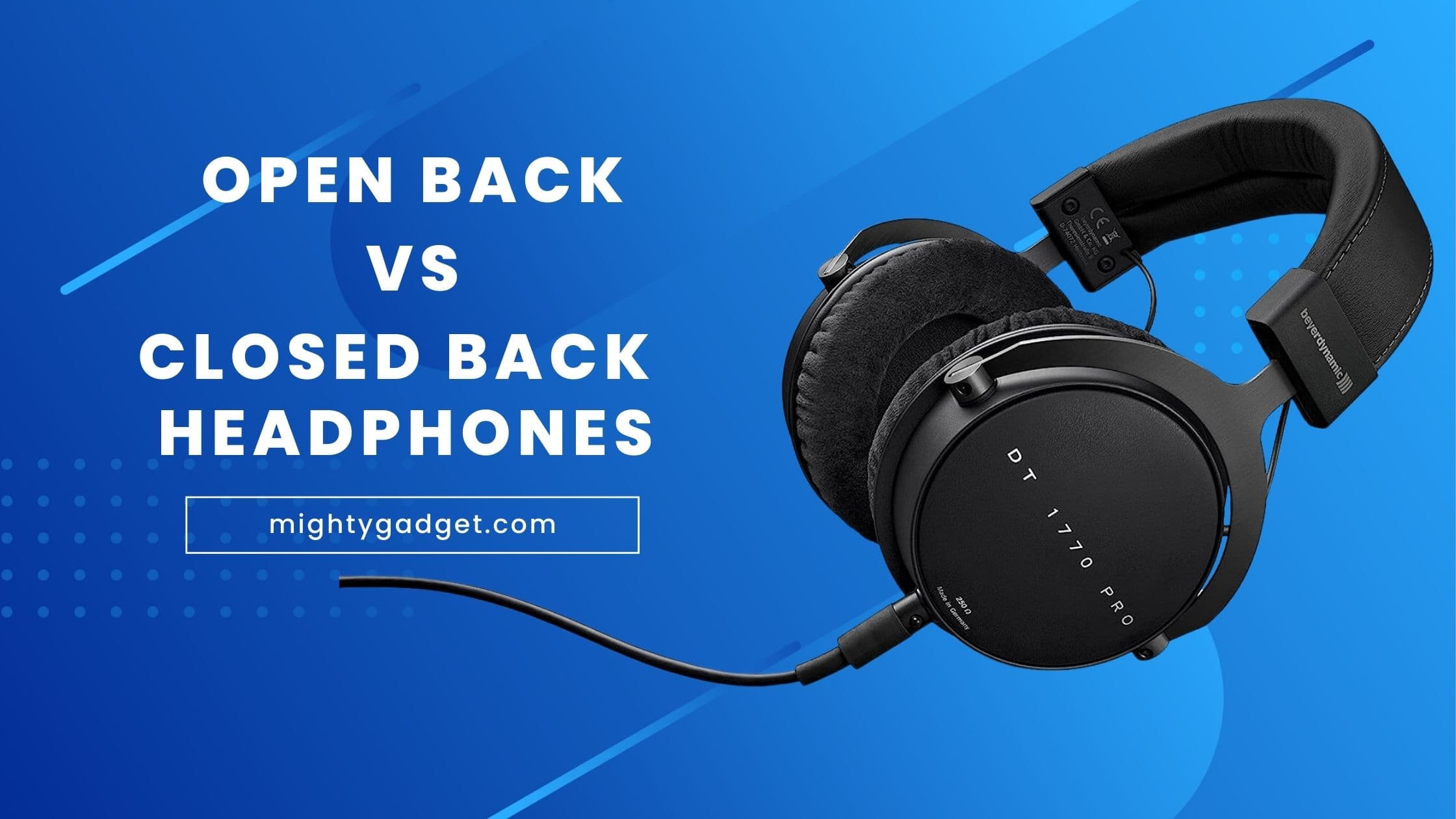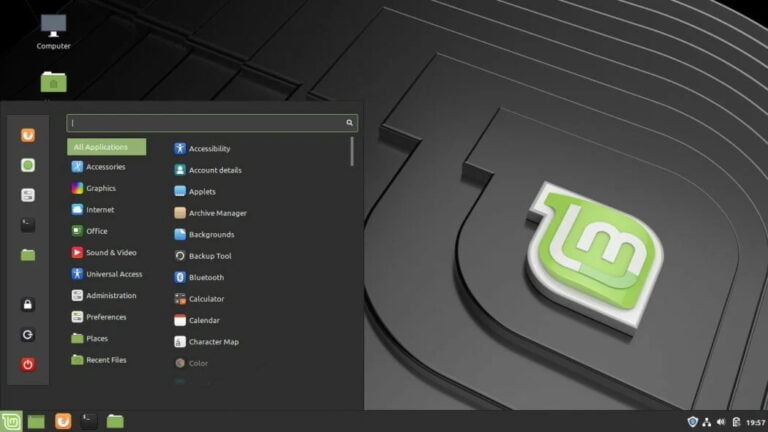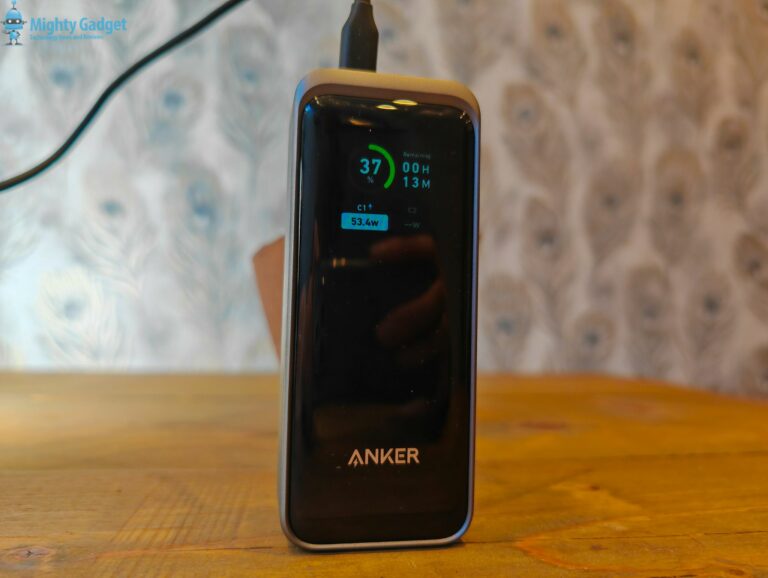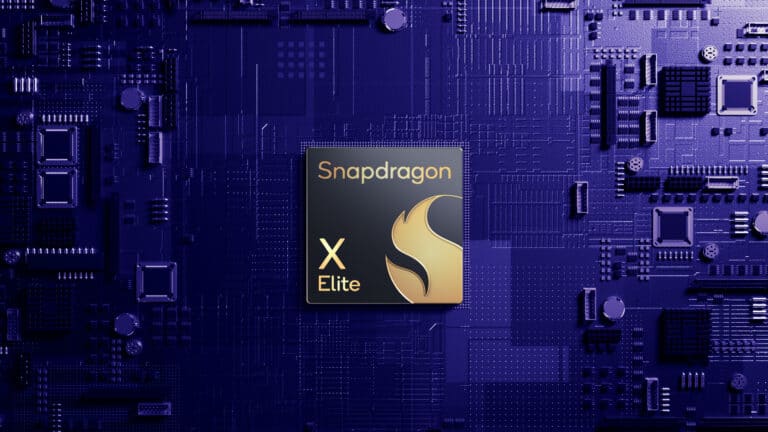Any links to online stores should be assumed to be affiliates. The company or PR agency provides all or most review samples. They have no control over my content, and I provide my honest opinion.
This article was originally published on Make the Sound Better. While I have updated most of the articles that have been transferred over, this article is mostly unedited.
Despite coming in a large variety of shapes and form factors, headphones have only four major types:
- Over-Ear Headphones
- On-Ear Headphones
- Earbuds
- In-Ear Headphones Or Earphones
Over-Ear headphones are the ones that most people think of when they hear the word ‘headphones’. Also called over-the-ear Headphones and full-size headphones (Circumaural headphones is another popular term but only among audiophiles), they come with large headbands and have big ear cups that fully encompass your ears.
These headphones are the most comfortable and better-sounding than other types, but are often loathed by casual listeners due to their large size and comparatively high price.
Over-Ear Headphones are further divided into two types: Closed back and Open back headphones. And these two types are our point of discussion for this post. Since Over-ear headphones are expensive, you should know beforehand what type of features you’d get in each of these headphones’ type.
Open Back Headphones

| Preview | Product | Rating | Price | |
|---|---|---|---|---|

| Sennheiser HiRes Audiophile Headphone (HD 660 S) | Buy on Amazon |
Open back headphones come with the backside of their cups’ outer shells perforated (that’s why called ‘open back’). These perforations can be of different patterns (like honeycomb or simple dots) on different headphones, but a very common style is horizontal grills.
These perforations allow the air (and indirectly sound) to easily pass in and out of the headphone cups. Some ambient noise from the outside also goes into your ears in this process.
Main advantage of open back headphones over their closed back siblings is that they offer a very ‘natural’ and spacious sound experience. Listening a soundtrack on open back headphones make you feel that musicians are playing that track in your surrounding – not in a noise-isolated studio.
This openness is what compels many audiophiles to play high-quality audio files on their open back headphones in a quiet surroundings.
Since air can pass through their headphone cups, your ears don’t get too hot after wearing them for a certain time, as they do in the case of many closed-back headphones.
The surrounding matters a lot when it comes to these headphones. You can use them in your home or private office room (or some other private place) but putting them on while walking down noisy streets of your city is very bad idea because you’d get too much noise from the outside.
Because they leak some sound outside the headphone cups as well, you can’t use these headphones in places such as your college library, on a plane, or any public transport.
Closed Back Headphones
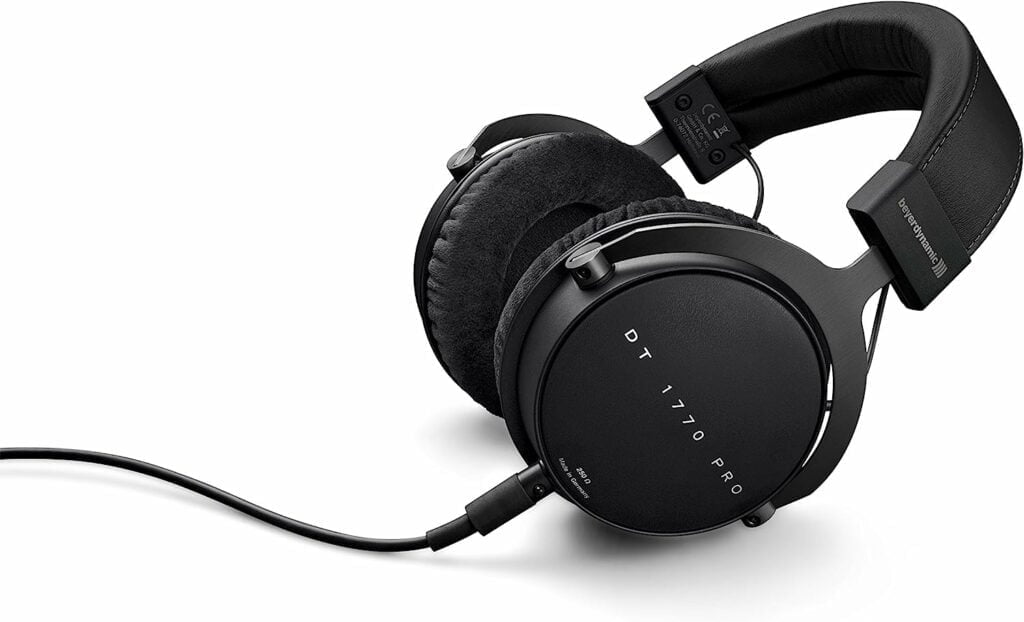
| Preview | Product | Rating | Price | |
|---|---|---|---|---|

| beyerdynamic DT 1770 PRO Closed Studio Reference Headphones |
£429.00 | Buy on Amazon |
Unlike open back headphones, closed back headphones come with a solid outer shell and have no perforations (that’s why called ‘closed back’).
The main advantage these headphones have over open back models is that they provide a solid amount of noise isolation, and no air can pass through the headphone cups.
Many people confuse noise isolation with noise cancellation technology, but they’re two very different things (although there are headphones in the market that have both of these technologies).
Noise cancellation refers to different mechanisms implemented in some headphones in order to negate the ambient noise coming from the surrounding areas.
Noise isolation, on the other hand, is about the physical nature of headphones (closed back headphones in this case) because you have big ear cups that completely surround your ears and a solid outer shell of those headphone cups.
So, the ambient noise coming from the outside is completely blocked, the only area where the sound coming from headphones can go is your ears. This is the reason why many audiophiles describe the listening experience of a closed back headphones as ‘in your head’ because you’re completely isolated with rest of the world and now it’s just you and your music.
While they don’t sound as natural as open back models, closed back headphones are good for commuting, in the library, or at any place where you don’t want to disturb people in your surrounding (like if you have a shared office floor).
Other areas where closed back headphones can be useful are studio recording and audio mixing. They allow you to listen what you’re recording without picking up any ambient noise from your mic.
At last, you have to keep in mind that your ears can get hot if you wear closed-back headphones for too long. But, to be fair, this is also related to the build material of the earcups of your headphones.
Semi-Open Headphones
In recent times, there’s another category of headphones that manufacturers have started to produce and they are called semi- open headphones. As their name suggests, they fall somewhere between the close and open back headphones.
While they look like closed back headphones, they allow some of the air to pass to and from them. In short, a semi-open headphone will isolate more and leak less sound than an open-back headphones, but will isolate less and leak more sound than one with a closed back.
These headphones have mixed reactions from headphones enthusiasts. While some would advise you to stay away from them, others will recommend them by saying that they bring the best of both worlds.
That’s why I would suggest you to research thoroughly before going for any such headphones pair and make sure it fulfill your desired purposes.
Conclusion
It’s good to know the difference among difference types of headphones so that your hard-earned money isn’t wasted and you only get the ones that suit your style and preferences.
Hopefully, you’ve clearly understood the difference between closed back and open back headphones after reading this guide. In case you want to know about any other headphones-related concept, feel free to mention that in comments below.
I am James, a UK-based tech enthusiast and the Editor and Owner of Mighty Gadget, which I’ve proudly run since 2007. Passionate about all things technology, my expertise spans from computers and networking to mobile, wearables, and smart home devices.
As a fitness fanatic who loves running and cycling, I also have a keen interest in fitness-related technology, and I take every opportunity to cover this niche on my blog. My diverse interests allow me to bring a unique perspective to tech blogging, merging lifestyle, fitness, and the latest tech trends.
In my academic pursuits, I earned a BSc in Information Systems Design from UCLAN, before advancing my learning with a Master’s Degree in Computing. This advanced study also included Cisco CCNA accreditation, further demonstrating my commitment to understanding and staying ahead of the technology curve.
I’m proud to share that Vuelio has consistently ranked Mighty Gadget as one of the top technology blogs in the UK. With my dedication to technology and drive to share my insights, I aim to continue providing my readers with engaging and informative content.
Last update on 2024-04-27 / Affiliate links / Images from Amazon Product Advertising API

